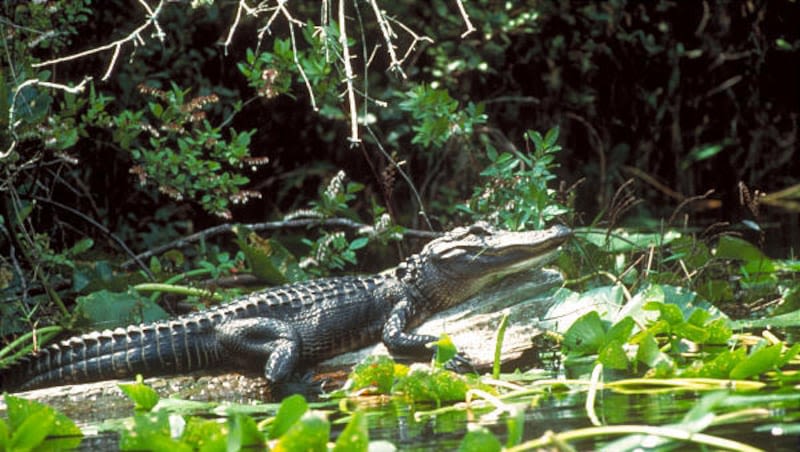Search results
Mar 5, 2024 · Ectothermic Animals (Cold-Blooded) Definition. Ectothermic animals or cold-blooded animals rely on external sources of heat to regulate their body temperature. Their internal physiological sources of heat are relatively minimal or insignificant in controlling their body temperature. Word Origin.
Aug 3, 2023 · Cold-blooded animals include reptiles, fishes, amphibians, insects, and other invertebrates. These animals are also called poikilothermic animals. Cold-blooded animals usually demonstrate any three of the thermoregulation mechanisms; Poikilothermy, Ectothermy, or Heterothermy.
ectotherm, any so-called cold-blooded animal —that is, any animal whose regulation of body temperature depends on external sources, such as sunlight or a heated rock surface. The ectotherms include the fishes, amphibians, reptiles, and invertebrates.
cold-bloodedness, the state of having a variable body temperature that is usually only slightly higher than the environmental temperature. This state distinguishes fishes, amphibians, reptiles, and invertebrate animals from warm-blooded, or homoiothermic, animals (birds and mammals).
News about Wallygator, Pennsylvania, emotional support alligator
News about TurtleTree, Cadence Cold Brew, The Circle
Also in the news
Oct 19, 2023 · As mentioned above, an ectotherm is commonly called a “cold-blooded” creature, and there are hundreds of thousands of ectothermic species. Unlike endotherms, “warm-blooded” animals, ectotherms are unable to increase their internal metabolic activity to boost heat production.
Dec 13, 2019 · An ectothermic animal, also commonly known as a "cold-blooded" animal, is one who cannot regulate its own body temperature, so its body temperature fluctuates according to its surroundings. The term ectotherm comes from the Greek ektos, meaning outside, and thermos, which means heat.
An ectotherm (from the Greek ἐκτός (ektós) "outside" and θερμός (thermós) "heat"), more commonly referred to as a "cold-blooded animal", is an animal in which internal physiological sources of heat are of relatively small or of quite negligible importance in controlling body temperature.




